Via Francigena: Vineyards of Lavaux

Hike through the steep and stunningly-beautiful vineyards of Lavaux, a UNESCO world heritage site.
Moderate Hiking
- Distance
- 15 km
- Ascent
- 201 m
- Descent
- 201 m
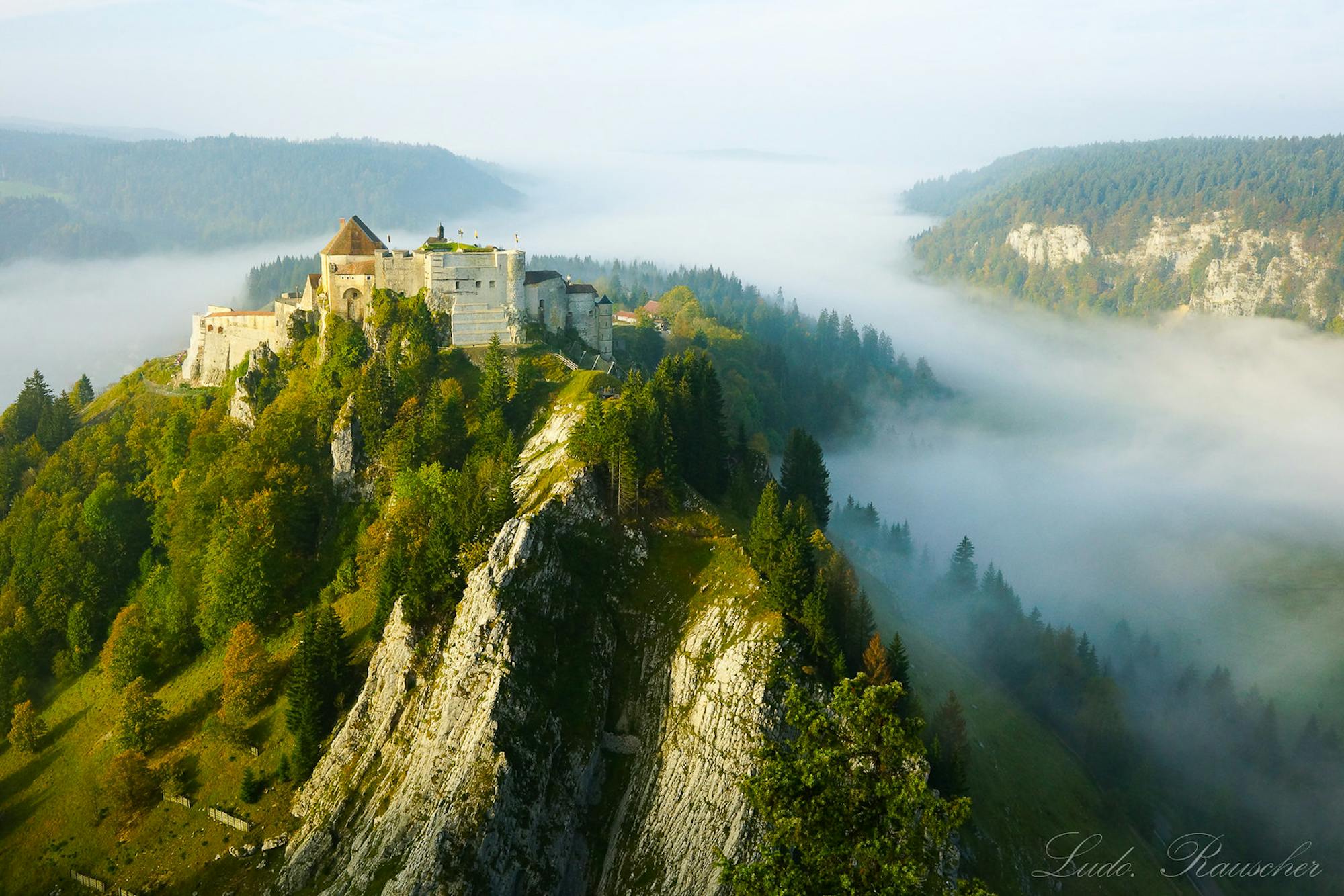
Journey into the past along the lesser-known pilgrim's trail to Rome through England, France, Switzerland, and Italy.
Hiking Moderate, Difficult
Also in Doubs, France • Siena, Italy • Vaud, Switzerland • Kent, United Kingdom

The Via Francigena is an ancient walking trail taking pilgrims from Canterbury in England all the way to Rome. The path is a total of 1,800km in length and passes through everything from the Champagne vineyards of France, to the Swiss Alps, and the rolling hills of Tuscany. Just like the Camino de Santiago, the Via Francigena was a very popular pilgrim route in the Middle Ages. Back then, the church encouraged people to make pilgrimages to holy shrines to cure their illnesses and to stand a better chance of getting into heaven. But unlike the Camino de Santiago in Spain, now the Via Francigena is relatively unknown, meaning that today’s pilgrims can enjoy long, peaceful stretches of the route in absolute solitude. In 990 AD, Sigeric, the Archbishop of Canterbury, traveled to Rome to receive his pallium from the Pope and recorded the 79 stages of the journey in his diary. Thanks to this recording, the route has been reconstituted and enjoyed by thousands of pilgrims between then and now. As well as leading you through an array of beautiful landscapes, the route passes by many medieval churches and stunning examples of Romanesque architecture. The Via Francigena does not only connect Canterbury to Rome—it connects the present to the past, and people to nature, taking modern pilgrims on a journey of reflection. This guidebook contains four sections of the route, one for each country the Via Francigena passes through. The routes have been chosen because of their outstanding natural beauty, and together they form a collection of contrasting landscapes, from the chalky White Cliffs of Dover to the wild gorges of the Jura range and the rippling Tuscan hills. Sources https://www.viefrancigene.org/en/Itinerario/Storia/ https://www.coe.int/en/web/cultural-routes/the-via-francigena https://caminoways.com/ways/camino-to-rome-via-francigena

Hike through the steep and stunningly-beautiful vineyards of Lavaux, a UNESCO world heritage site.
Moderate Hiking
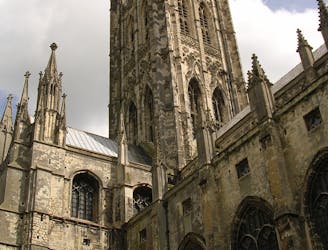
Hike the entire stretch of the Via Francigena through England.
Moderate Hiking
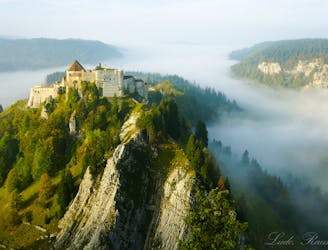
Hike the Via Francigena along the French–Swiss border from Pontarlier to Jougne.
Difficult Hiking
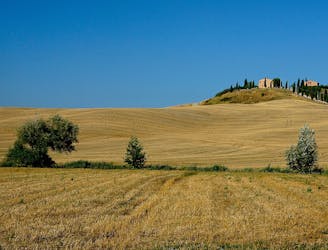
Hike the Via Francigena along the legendary "strade bianche" in beautiful Tuscany.
Moderate Hiking
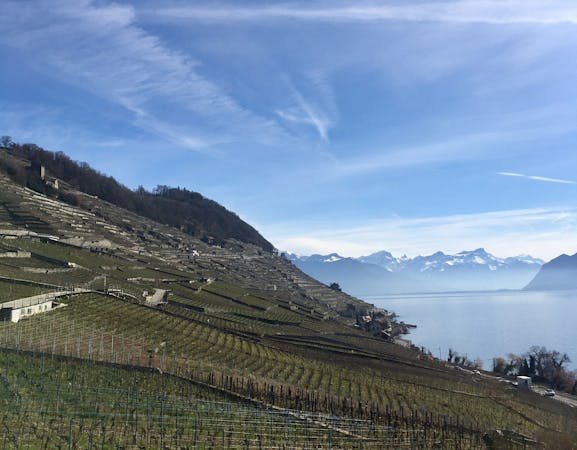
4 routes · Hiking